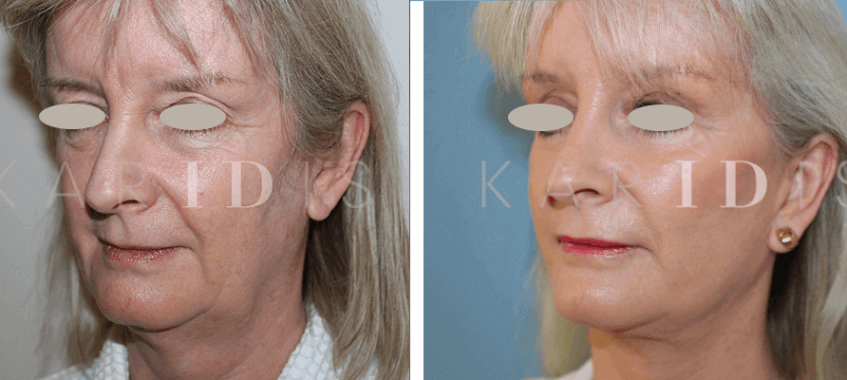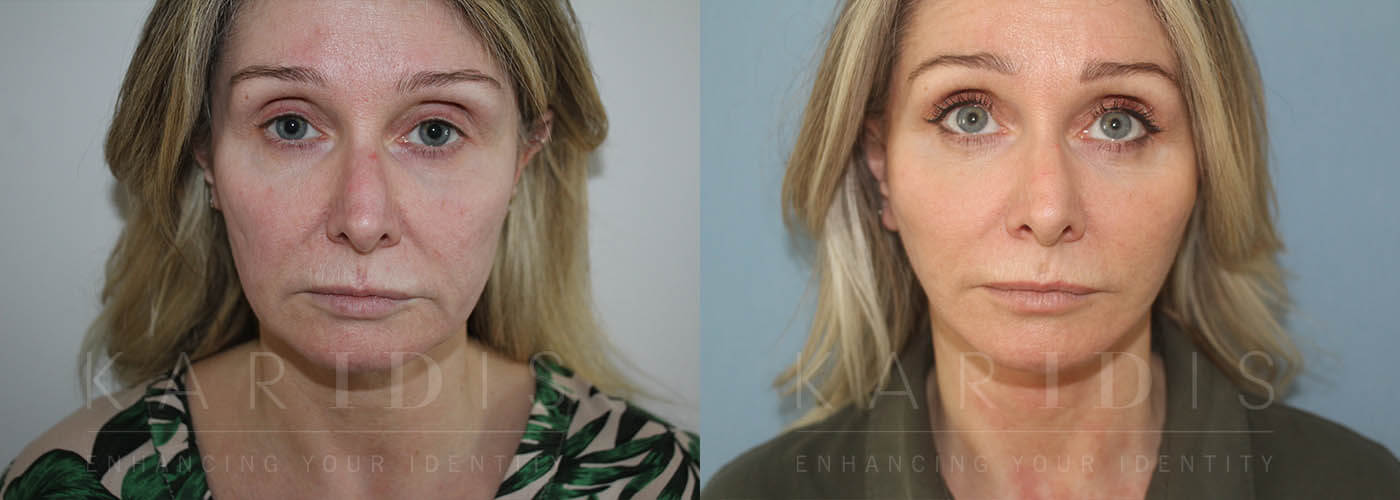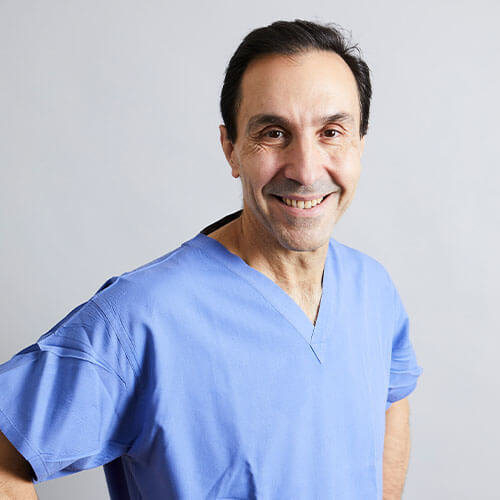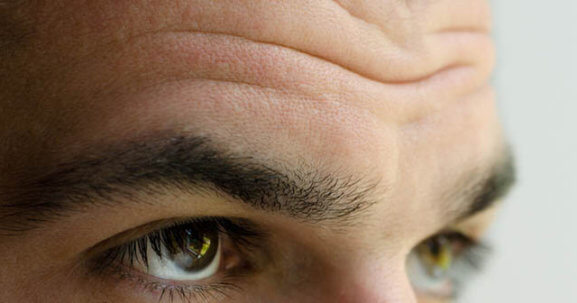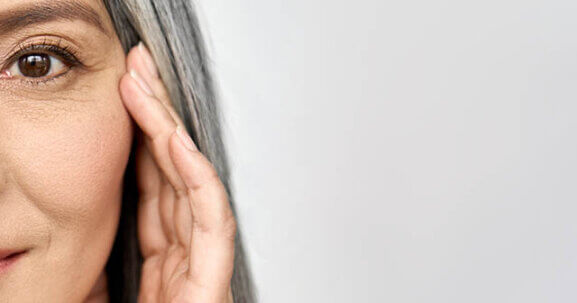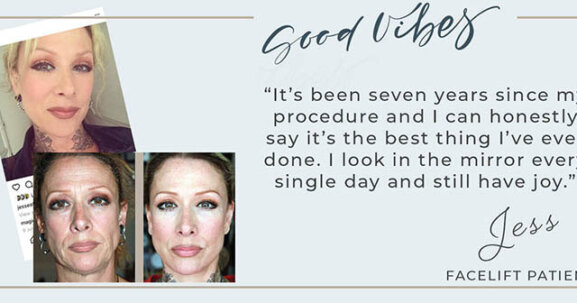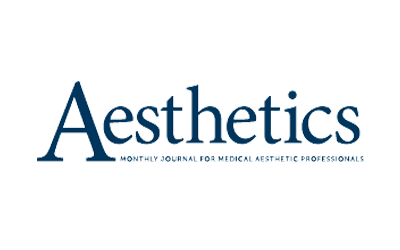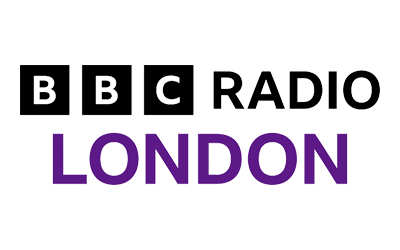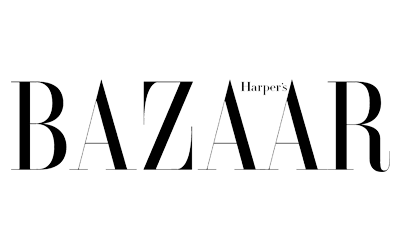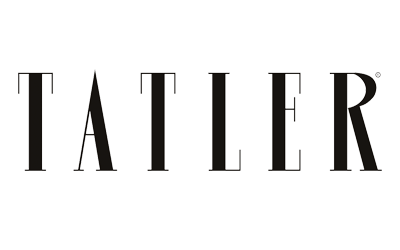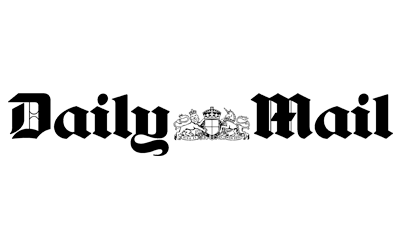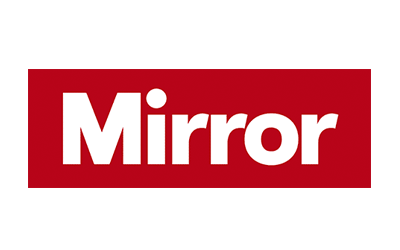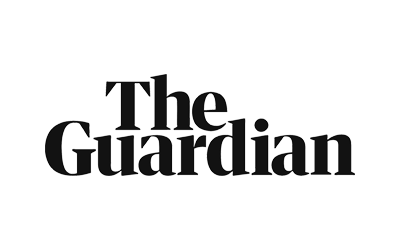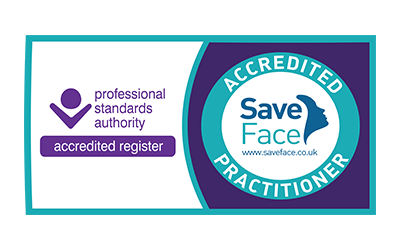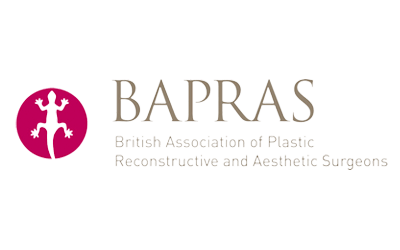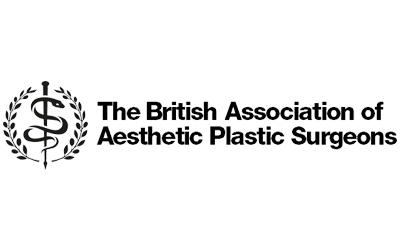It’s easy to feel like you’ve lost your sparkle as you age. Your face plays a central role in how you see yourself and how others see you. Wrinkles and sagging, loose skin and excess fat can affect your mental wellbeing, which can ripple outwards to impact every aspect of your life, from relationships to work.
Our surgeons at Karidis Clinic skillfully achieve the natural-looking, smooth, youthful skin that will make you smile when you look in the mirror again. They can do this with a facelift (rhytidectomy). It’s a surgical procedure that can improve your most visible signs of ageing by eliminating excess fat, tightening and elevating the muscles beneath the skin of your face and removing or repositioning sagging skin.
It’s very common for this procedure to be performed in conjunction with blepharoplasty, a brow lift or a neck lift to balance and complement your newly rejuvenated face. A well-performed facelift should revitalise the face without distorting or changing your facial features. If you’d like to know more about rhytidectomy, give our London clinic a call, and we can arrange a consultation for you.
Karidis offer expert cosmetic surgery and aftercare in London from some of the best, most highly skilled medical professionals. For inspiration, take a look at our facelift before and after images, which highlight our exceptional results.















